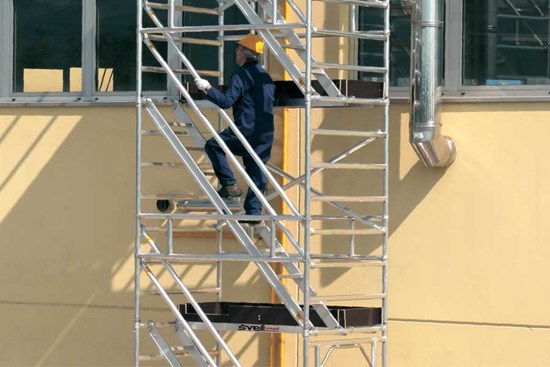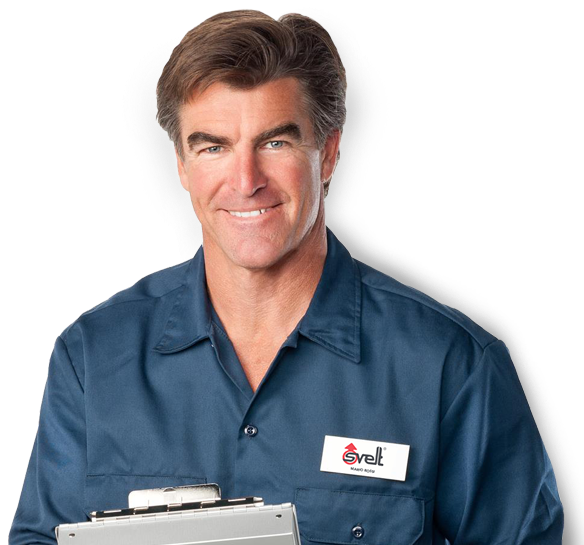HOW ARE SCROLLS CLASSIFIED?
The classification to follow to choose the right model

The scaffolding, used in temporary or mobile construction sites if there is the need to work at height, are chosen by the employer based on the type of work to be performed and taking into account various factors such as: the size of the deck, the '' maximum height based on the presence or absence of wind, the load class, the type of access to the decks and much more.
Each type of scaffolding is therefore suitable for a specific job, and this precisely to protect the safety of the workers.
The classification to follow to choose the right model
According to the UNI EN 1004 standard, the classification of scaffolding takes place taking into account the load classes, which indicate the entity of the uniformly distributed load to be applied on the last deck of the scaffolding for the purposes of design checks, and the type of access to the decks. and also defines the maximum heights of the scaffolding according to the conditions of use. The classification based on the load classes identifies two:
- class 2: has a uniformly distributed load equal to 1.50 (KN / m2)
- class 3: has a uniformly distributed load equal to 2.00 (KN / m2)
As for the classification based on the type of access to the decks, UNI EN 1004 provides for four access options to the scaffolding deck:
- access type A: ramp staircase
- type B access: step staircase
- access type C: inclined ladder
- type D access: vertical ladder
You can also find more access options for the same scaffold (usually they are shown in the marking).
Furthermore, as we said, they are also classified according to the conditions of use:
- outside: with the presence of wind; here the maximum height of the scaffolding cannot exceed 8 m
- inside: with no wind; here the maximum height of the scaffolding cannot exceed 12 m
Marking and safety
A good product, and above all safe and compliant, must carry all the necessary information within the marking and must be clearly visible from the ground.
Specifically, the manufacturer must report:
- the number of the reference standard UNI EN 1004: 2019
- load class 2 or 3
- the maximum height outside / inside (8 or 12m)
- the type of access A, B, C or D in the case of a single access; or for example the wording AXCX if two types of access are provided (A and C)
- the wording: strictly follow the instructions for assembly and use written in the language of the country of use
- each component of the scaffolding must be clearly marked for the entire duration of use with a symbol or letters identifying the model and its manufacturer
- the year of manufacture, reporting the last two digits
For over 55 years, we at Svelt, a company from Bagnatica in the province of Bergamo, have been dealing with the production of quality scaffolding made on the basis of maximum safety, a concept that has always been the basis of our company philosophy and that we carry forward through a continuous and scrupulous research and innovation.
Contact us by email at export@svelt.it or call +39 035 681663 for more information or to receive a quote, we will be happy to help and advise you on the right and safest choice based on your needs.

